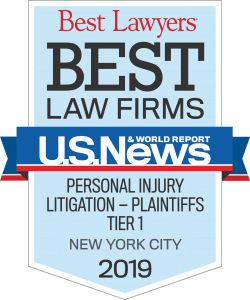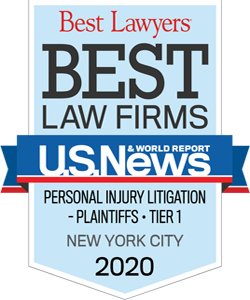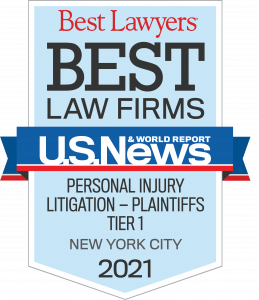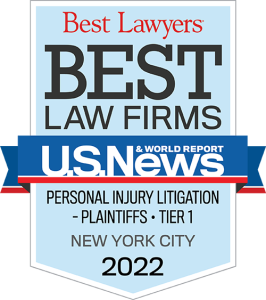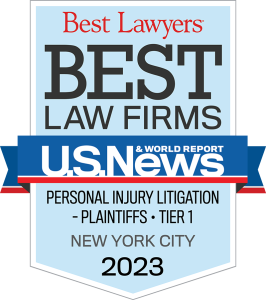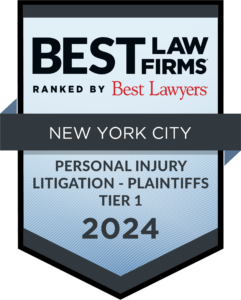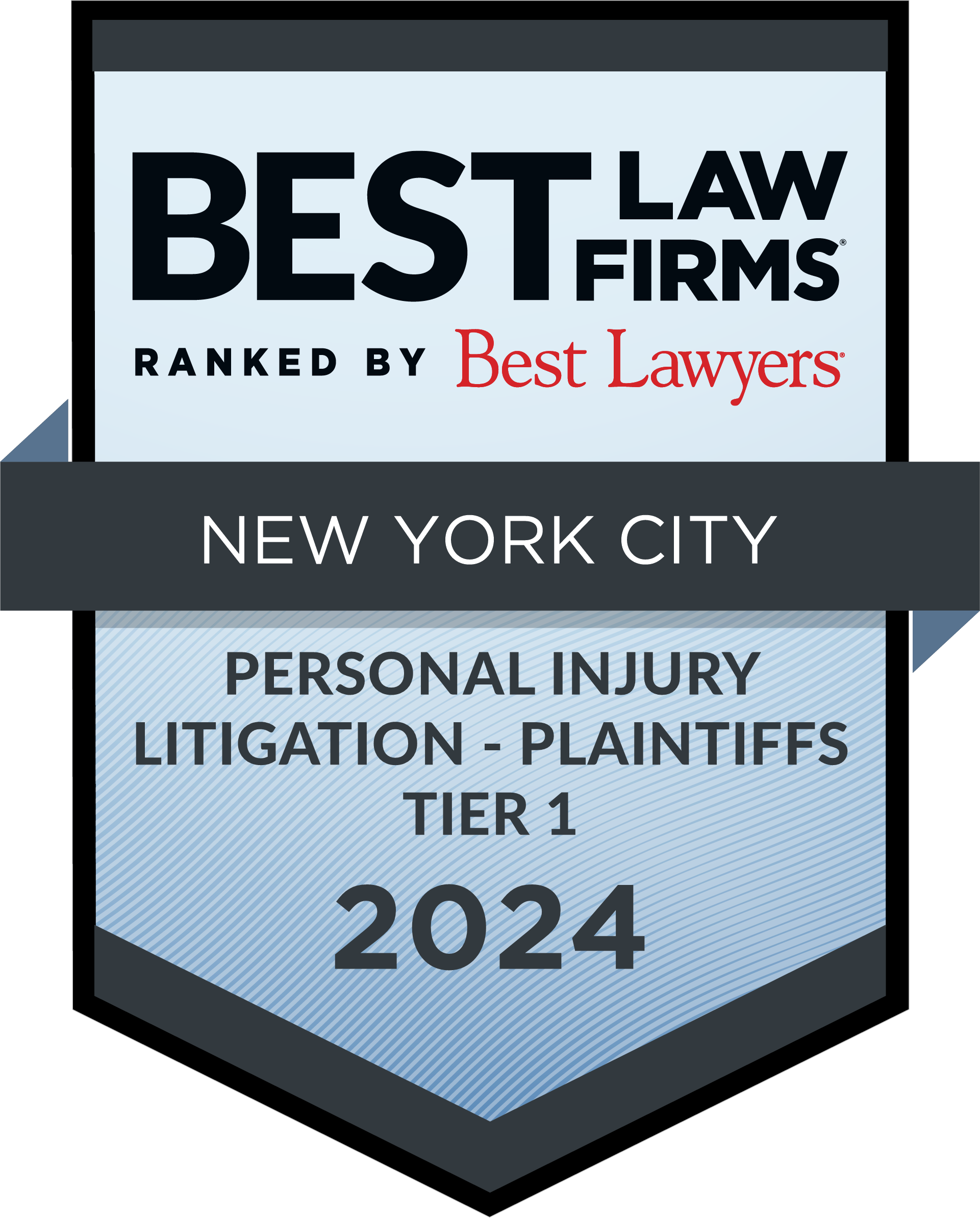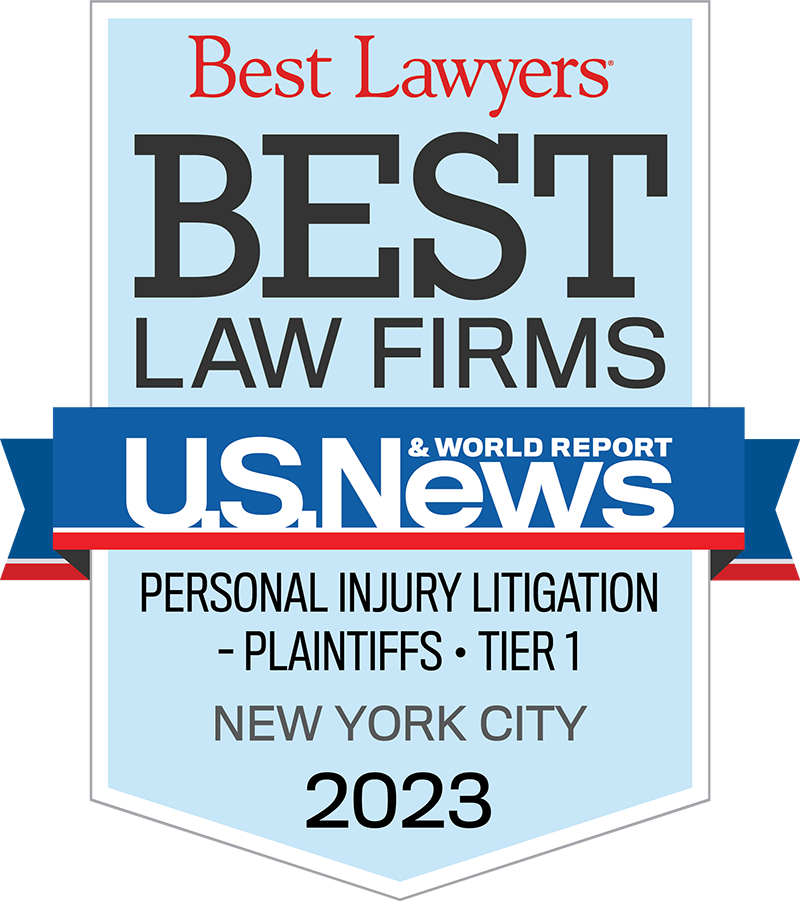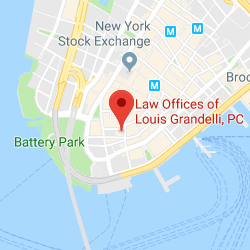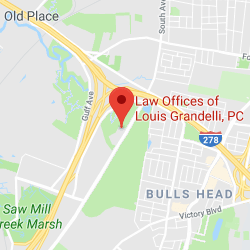Toxic mold is a problem facing many New York City residents. There is significant scientific literature regarding the association between an indoor damp and moldy environment with various symptoms, such as headaches, shortness of breath, sinus congestion, and rashes. However, the Court of Appeals, New York’s highest state court, significantly curtailed the ability of a tenant living with mold to sue for personal injuries stemming from exposure to the toxin.
The case, Cornell v. 360 West 51st St. Realty, LLC, 22 N.Y.3d 762 (March 27, 2014), may not only have the affect of limiting the ability of a plaintiff suffering from mold-related symptoms to bring a successful lawsuit, but may also place additional hurdles on other plaintiffs in toxic exposure personal injury cases from being successful in court.
In the Cornell case, the plaintiff claimed that she suffered various ailments, including headaches, fatigue, difficulty breathing and rashes as a result of exposure to mold in her apartment. She alleged that the mold entered her apartment following renovation work performed by the landlord in the basement of the building. Cornell brought a personal injury lawsuit against the landlord for her serious injuries.
The defendant-landlord moved for summary judgment to dismiss the plaintiff’s personal injury cause of action. The court ruled that the defendant made a prima facie case supporting the dismissal. The landlord sought to dismiss the complaint by arguing that the plaintiff was unable to prove either that mold can cause the type of injuries that she claimed (general causation), or that the mold in her apartment caused the specific injuries that she asserted (specific causation).
The defendant relied on the findings of its expert who opined that the relevant community of scientists have found that exposure to mold causes human diseases in only three ways: an immune response in allergic individuals (hypersensitivity pneumonitis), direct infection by an organism (i.e. athlete’s foot), and ingestion of mycotoxins from spoiled food. The defense contended that the plaintiff did not suffer from any of these three methods of exposure, and that the plaintiff’s claimed symptoms have not been accepted by the scientific community.
The plaintiff also relied on an expert’s opinion to rebut the defendant’s contentions. The plaintiff’s expert cited to studies that demonstrated a “link” or “association” between mold and many of the plaintiff’s alleged symptoms, including upper airway irritant symptoms, headaches, and rashes. The plaintiff’s expert performed differential diagnosis examinations to support his conclusion that the plaintiff’s symptoms were caused by the mold exposure.
The court rejected the plaintiff’s allegations and ultimately dismissed her case. The court held that the plaintiff could neither prove that mold could cause the injuries she claimed (general causation) and that she could not prove that the specific exposure to mold in this case actually caused her alleged injuries (specific causation). While the court acknowledged that there may be an “association” between mold exposure and the types of symptoms that the plaintiff suffered, the court went to great lengths to distinguish “association” from “causation.” The court cited to the federal courts’ Reference Manual on Scientific Evidence.

